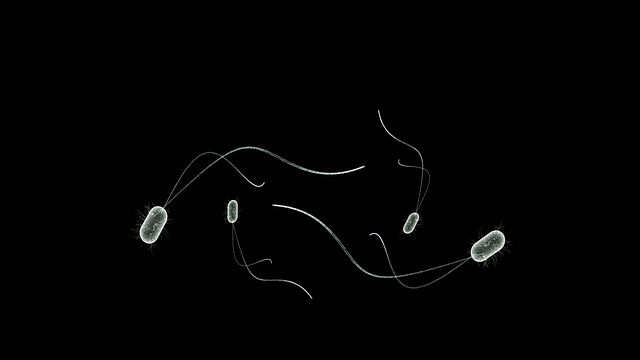Researchers from the Deep Carbon Observatory have discovered that underneath our feet lies a biosphere as diverse as the Amazon and Galapagos island. Deep in the Earth’s surface lives 15 billion to 23 billion tonnes of micro-organisms, many of which has existed for millions of years already. Unlike plants, animals, and humans, these “deep life” do not need the energy of the sun to survive. Their rhythms vary drastically from us as their cycles rely on geological timescales.
As technology has advanced, scientists have been trying to find the lower limit beyond which life can no longer exist. But results from their study shows that the deeper they dig, the more life they find. This then begs the question: Does life colonize from the surface and goes down deep into the earth, or does it begin from the depths and goes up to the surface?
Implications for AI
This article is important for various reasons. For one, it shows us that there is still so much more in the physical world that cannot be explained by materialistic science. Soon, when researches about deep life has been completed, the science of life will undergo change as it attempts to explain how life could exist in places we have never thought possible before.
Second, this article shows us the possibility that different time scales exists on earth, and that plants, just like deep life, may have indeed developed a different mechanisms for survival [see article entitled Plants Are Intelligent, Says Plant Neurobiologists to understand why this point is important].
This discovery is even more powerful if we consider Ilya Prigogine’s dissipative structures [see Who Is Ilya Prigogine?]. Are these micro-organisms part of the old form, or are they seeds of the new form of life? Finding the answer to the question: does life colonize from the surface, or down from the depths? will lead us to new revelations about how the earth is structured. If life came from the depths, then it means that we are co-existing with our own ancestors. How can that be possible, in a world where the arrow of time exists in one direction only [see Does Time Really Move In Just One Direction?] Why do they still exist? Are they a reservoir of life, in the event that all life on the surface perish?
If life came from the surface, then it could mean that we are co-existing with our descendants. Again, how can this be possible? What future form will life take, given the kind of micro-organisms present in the subsurface? What kind of relationship should we foster with these micro-organisms, knowing now that they exist? Or should we just ignore them, in the same way we have ignored the importance of plants and animals?
These all points to the same thing: there are so many more mysteries in the world that our current science cannot explain. Science will need to change as new technologies emerge. As we discover more about the world we live in, and the nature of things and organisms on earth, science must change.
If materialistic science is incapable of explaining how micro-organisms can survive for millenia in extreme extreme conditions, how the conditions of the universe can be so exact as to bring about life, or how a 3-pound human brain can contemplate the mysteries of life, then it must pave the way for a post-materialistic explanation. Refusal to do so makes materialistic science no more than an ideology, and must be recognized as such. It cannot be used to explain reality, nor should it be used to guide evolution [see how materialism hopes to guide evolution through the article What Is Transhumanism?].
Read Original Article

Read Online
Click the button below if you wish to read the article on the website where it was originally published.

Read Offline
Click the button if you wish to read the original article offline.
You may also like
-
Science shows power of belief: Mere suggestion of side effects is enough to bring on negative symptoms
-
What really makes you ill?
-
The current moment is an opportunity to break away from the dominant narrative of medicine
-
Gratitude can alter the human heart and molecular structure of the brain
-
Human energy fields and their implications for health
